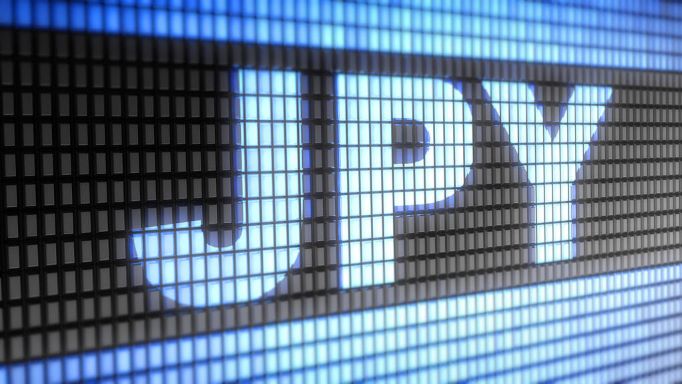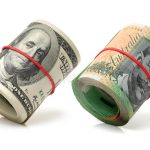Japanese yen fell after Prime Minister Ishiba stated that the current situation did not necessitate more interest rate hikes.
The Japanese yen (JPY) fell further on Thursday after new Prime Minister (PM) Shigeru Ishiba made frank comments on monetary policy when meeting with Bank of Japan (BoJ) Governor Kazuo Ueda on Wednesday.
Japan’s Hayashi emphasized that Prime Minister Ishiba did not seek specifics on monetary policy from BoJ Governor Ueda.
Japan’s Prime Minister Ishiba said, “I do not believe that we are in an atmosphere that would force us to raise interest rates. further,” according to Reuters. In the previous session, the Japanese Yen plummeted about 2% versus the US Dollar (USD), the most since February of last year.
Yoshimasa Hayashi, Japan’s Chief Cabinet Secretary, stated on Thursday that “Prime Minister Ishiba did not ask BoJ Governor Ueda for any specifics regarding monetary policy during their meeting on Wednesday.” On Wednesday, Japan’s Economic Revitalization Minister Ryosei Akazawa remark that Prime Minister Ishiba expects the Bank of Japan to conduct extensive economic assessments before considering another rate hike.
According to futures, the Bank of Japan’s chances of raising interest rates by 10 basis points by December are less than 50%. Furthermore, interest rates predicted to reach only 0.5% by the end of next year, up from The current rate is 0.25%, according to Reuters.
Daily Market Movers: Japanese Yen depreciates on dovish attitude surrounding the BoJ.
Japanese yen (JPY) fell further on Thursday after new Prime Minister (PM) Shigeru Ishiba made frank comments on monetary policy.
As geopolitical tensions in the Middle East rise, the US dollar supported by safe haven flows. The Israeli Broadcasting Authority (IBA) announced that Israel’s security cabinet resolved to respond strongly to the recent Iranian attack. On Tuesday night, Iran launched over 200 ballistic missiles and drone strikes on Israel.
According to the CME FedWatch Tool, markets expect the Federal Reserve will decrease interest rates by 25 basis points in November, while the likelihood of a 50-basis-point cut has dropped to 34.6% from 57.4% a week ago.
Asahi Noguchi, a board member of the Bank of Japan, declared that the central bank “must “Patiently maintain loose monetary conditions.” Noguchi stated that the BoJ will likely make moderate adjustments to the level of monetary assistance while carefully examining whether inflation can sustainably attain the 2% objective, aided by wage growth.
On Wednesday, President Tom Barkin of the Federal Reserve Bank of Richmond addressed the Fed’s recent rate measures, warning that the fight against inflation may not be done as dangers remain. Barkin remarked that the September 50 basis point rate drop was reasonable since rates had grown “out of sync” with the decline in inflation, while the unemployment rate was close to its sustainable level.
According to the ADP US Employment Change report, 143,000 jobs added in September, exceeding the projection of 120,000 positions. Additionally, annual compensation increased by 4.7% year on year. The The total number of jobs create in August was revise up from 99,000 to 103,000.
The US ISM Manufacturing PMI for September was 47.2, matching the figure from August but falling short of the market expectation of 47.5, according to data released on Tuesday.
Bank of Japan’s Summary of Opinions from the September Monetary Policy Meeting indicated that there are no immediate plans for future rate hikes.
On Tuesday, the Bank of Japan’s Summary of Opinions from the September Monetary Policy Meeting indicated that there are no immediate plans for future rate hikes. The central bank wants to continue its accommodative approach while being open to modifications if economic circumstances improve significantly.
Federal Reserve (Fed) Chairman Jerome Powell stated on Monday. That the central bank not in a hurry to cut its benchmark rate and will do so ‘over time.’ Fed Chair Powell emphasiz that the latest 50 basis point interest rate drop should not be interpret as an hint of equally aggressive future steps. Whereas next rate hikes are expected to be relatively moderate.









